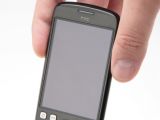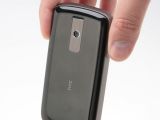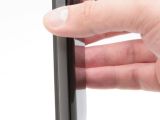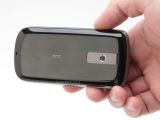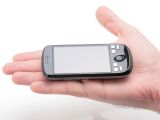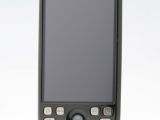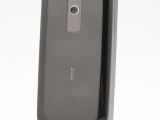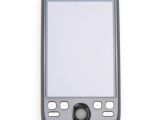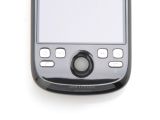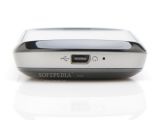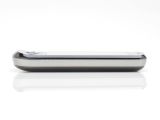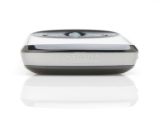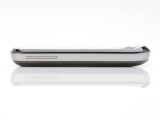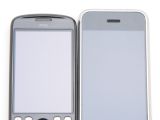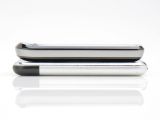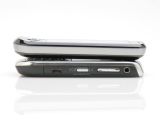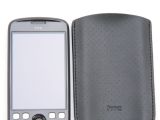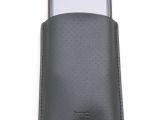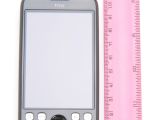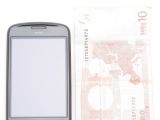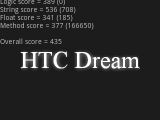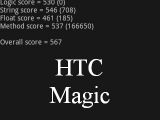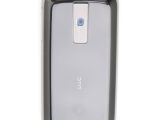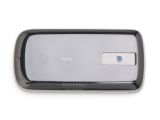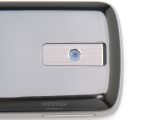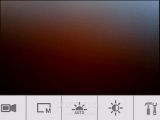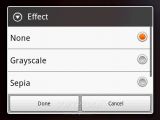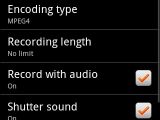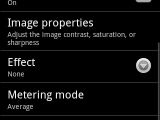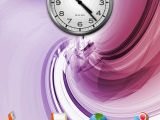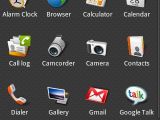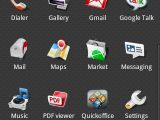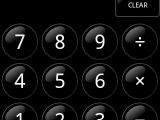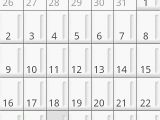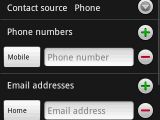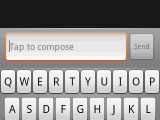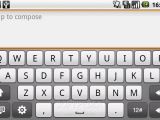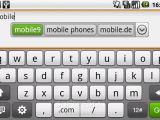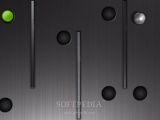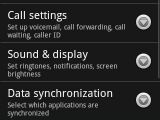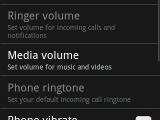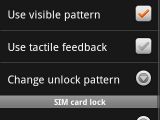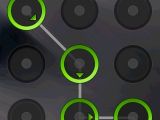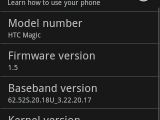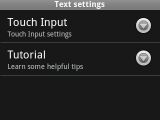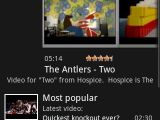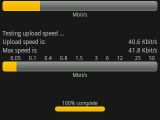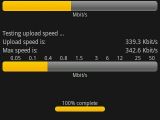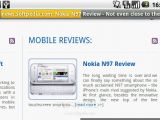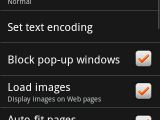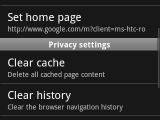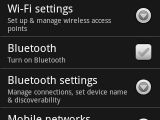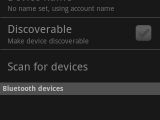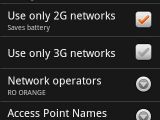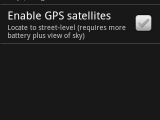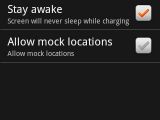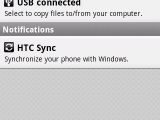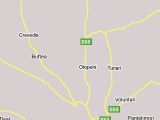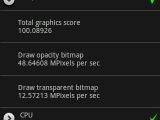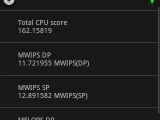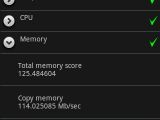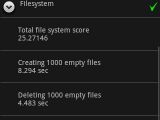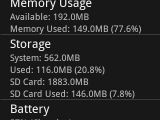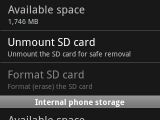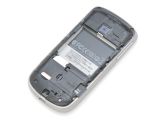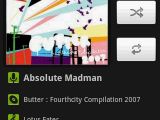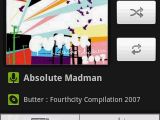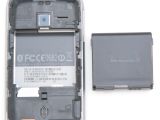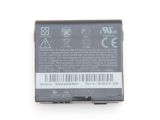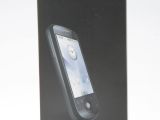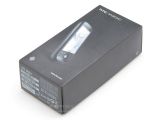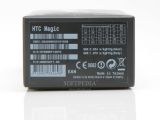The second device launched by the joint-venture HTC and Google – HTC Magic aka G2, suggests that the new Android-branded phones have great potential on the smartphone market. Updated to the latest firmware version, including Cupcake 1.5, HTC Magic is now shadowed by its new brother, HTC Hero, which features the new Sense GUI developed by the Taiwanese manufacturer. Still, Magic owners will be happy to find that HTC officially announced that they would be able to update their devices with the new Sense GUI, if their Magic smartphones were unlocked. Yes, those that got their devices from network carriers like T-Mobile or Vodafone will not be able to take advantage of the new GUI offered by HTC.
Announced in February 2009, HTC Magic hit the shelves three months later, in May 2009. The device is available in two classical colors: black and white. HTC Magic can be bought for around 450 USD, but that depends on location and plan. I suggest buying the unlocked version, so you can get the new graphical user interface that has been included with the Hero model.
Design
If you think HTC Magic looks more like the first smartphone to feature the Android operating system, HTC Dream (G1), you are so wrong. It seems that HTC accustomed its fans with new looks for every new device launched, which doesn't look too much like the previous models. That wasn't the case two-three years ago, but lately HTC has been in for nice surprises in terms of design.
HTC Magic looks more stylish than its “elder” brother G2. There's definitely some resemblance between the two, but it is almost negligible. Only the small, white trackball and the curved form factor have been embedded into the new G2 model that could make it look like the G1. The rest is completely new and radiates style and freshness. Even though the material used is a polished plastic that is a fingerprint magnet, you won't be bothered by it, as the front part of the phone is seized by the impressive touchscreen. The only thing I was really bothered by was the quantity of grease left on the display after every call or use of the screen. The phone is surrounded by a silver-colored plastic band, which, in my opinion, will peel off after some time of use. Under the 3.2-inch display, there are four squared keys with various functions: the Home key, Menu key, Back key, and Search key. Of course, the Accept and Reject calls have also been included right under the above-mentioned keys. The trackball that makes menu browsing so easy has been placed in the middle of these keys and works like a charm. There are no other external keys placed on the sides of the smarpthone, except for the long, thin volume key. There's also a miniUSB port that can be used for headphones, cable synchronization or for the charger, placed on the bottom side of the device. The back hood of the phone is shiny and covers the SIM and microSD memory slots. Unfortunately, I have the feeling that the shiny plastic on the back will also peel off and will become frosted. Anyway, that should keep the fingerprints away, so there's also a good part to it. The 3.2-Megapixel camera on the back has been placed a little bit within the back cover and surrounded by a thin metallic band for protection reasons. There are no other adds around it, like flash or mirror for self-portraits. The back cover can be easily pulled out in case users will want to add a microSD memory card or simply change the SIM card. The form factor is one of the few similitudes with its “elder” G1 brother. You can also notice from the pictures the curve form at the base of the device, where the keys have been placed. Almost as the G1's, but Magic's curves and forms are much more appealing. HTC Magic measures 113 x 55 x 13.7 mm and weighs exactly 118.5g (including battery). That's 40g lighter and almost 4mm slimmer than its “elder” brother. Overall, HTC Magic is definitely a good-looking smartphone, even for the most fastidious of users.Display and Camera
HTC Magic features a 3.2-inch TFT capacitive touchscreen that supports 65K colors and a 320x480-pixel resolution. It seems to me that this is the same display that G1 has been gifted with. Unfortunately, I have noticed that the screen is not that visible in strong sunlight, thus control will be a little bit difficult. Otherwise, thanks to the technology embedded, it eliminates the need for a stylus and makes your own finger the only way you can control your device on the screen. As the screen has been covered with a material (indium tin oxide), which is said to conduct a continuous electrical current across the sensor, both the sensor and the human body (your finger) are able to achieve capacitance and are good electricity conductors. Knowing that capacitive sensors are working based on proximity and don't need to be directly touched to be triggered, we can now understand why it's so easy to control a device that has this piece of technology embedded in it.
Unfortunately, HTC Magic, like its “elder” brother, is not capable of recognizing multi-touch gestures. The same goes for the accelerometer, which has been implemented to some degree, though is only restricted to some applications. Anyway, the image quality is flawless, and the change between landscape and portrait mode is smooth. Everything you do seems effortlessly natural when using the touchscreen: touching, dragging, or moving. This proves again that the technology that stands behind these capacitive touchscreens is superior to that of resistive displays. The 3.2-Megapixel camera lacks a flash, which eliminates the possibility of taking pictures at night, but at least users get the auto-focus feature. Comparing pictures made with HTC G1 and Magic, there's definitely an improvement. HTC Magic takes more than decent pictures for a 3-Megapixel module camera. The maximum resolution that can be used is of 2048x1536 pixels. The camera interface is a little bit more complex than G1's and now benefits from a wide range of settings and options. Users will be able to change Effects, Contrast, Sharpness, and White balance. As the smartphone lacks a dedicated camera key, you will need to press the trackball to take pictures. The saving process is only taking two-three seconds at the most. The maximum resolution that can be used is of 352x288 pixels QVGA@15fps. Movies can be encoded as H.263 or MPEG4 file types. Unfortunately, the results were under our expectations, which means that HTC still has to work on this aspect. Check out the sample pictures below to make an impression on HTC Magic's camera performance.Menu and Software
HTC Magic runs the same operating system called Android, as its G1 predecessor. Unlike the G1, which has received the latest Cupcake 1.5 update only in May, HTC Magic features this OS version by default. Even though it's almost the same OS, it still has some tweaks. If you previously owned the G1, you won't notice the differences at first glance.
Magic comes with the same pre-installed applications that are mostly Google-dedicated. This means that they're providing access to a few Google services such as GMail, Google Calendar, Google Maps, and Google Talk. You won't be able to access the Android Market until you register with a GMail account, and this is available even if your device is unlocked. After that, the device will simply synchronize with your GMail account, so you can access your emails at any given time you want. The Google Maps application supports map, satellite, traffic, and street view. The latter functions well, and the digital compass is coupled with the accelerometer to align the view on the screen with the actual orientation of the phone. There are three available Homescreens for Magic that can be used for various purposes. All three can be added with shortcuts to anything available within the phone: contacts, applications, and games. If you drag the main screen to the left, you'll notice the Google Search service, while dragging it to the right will take you to a clean screen that can be customized and filled with various shortcuts or widgets. This is possible by keeping your finger pressed on the screen until a sub-menu appears displaying various choices. The Menu button at the bottom of the screen is your best friend. Remember this whenever you open an application and you don't know what you can do with it. The Menu button acts, as its name suggests, like a special key that brings up a small menu, no matter what application or function you open. After the Menu key, the second most important button is the Back key. That lets you get rid of any applications you have opened and don't want to use anymore. Still, this is available to a certain extent, as the Magic doesn't have a way of closing apps. Holding the Home button pressed for a few seconds will bring up a task manager, which will display the last six applications that you opened. These seem to remain active in the smartphone's memory, so if you open the seventh, the first application you have previously accessed will automatically be closed. The integrated browser WebKit cannot be closed anymore like in the case of the G1. There's also a dedicated YouTube video player, which gives you a fast access to clips hosted by YouTube. Other applications pre-installed include two new widgets (Calendar and Music Player), QuickOffice, PDF Viewer, Teeter.Communication
HTC Magic is fully packed with connectivity technologies such as: GPRS and EDGE class 10, HSDPA 7.2 Mbps and HSUPA 2 Mbps. As you can see from the tests below, the device reached speeds of up to 187.5 Kbit/s download and 41.8 Kbit/s on EDGE and 1136.7 Kbit/s download and 342.6 Kbit/s upload on the Orange 3G network. These performances are almost double than what G1 could achieve.
The integrated web-browser called WebKit reminds of Safari and Chrome browsers and looks and behaves impressively. It displays pretty much any Internet page, no matter how loaded with images it is. The only thing that lacks is the Flash. Otherwise, you will be able to zoom in/out, drag, move, or open numerous windows that can be closed after you're done with the page. Another connectivity feature included is Bluetooth 2.0 with EDR and A2DP support, but only as a headset support. You don't have the possibility to transfer files over the Bluetooth connectivity, as the platform lacks the OBEX protocol. This is another serious drawback of the smartphone, but it will probably be corrected in future firmware updates. HTC Magic is compatible with all email clients and protocols (POP3, IMAP) and can also be synchronzied with Microsoft Exchange. The rest of the email accounts can be set to be checked at various intervals (five, ten, 30 minutes). The device is also compatible with SMS, EMS, and MMS text features. Instant-messaging options include Google Talk, but other Ims can be also installed. The interface is pretty straightforward and user-friendly. The Wi-Fi 802.11 b/g connectivity is another option that will surely reduce costs for those that are heavily using Internet browsing or data transfers. The built-in GPS receiver and digital compass work together with the Google Maps, so that you won't get lost. HTC Magic is a quad-band GSM (850 / 900 / 1800 / 1900) handset that is also compatible with HSDPA 900/2100 (2100/1700 for American version) networks. The call quality is even better than that of the G1. The GSM signal is also good, but avoid keeping the device set on the 3G band, as the reception is rather mediocre.Processor and Memory
HTC Magic is powered by a single Qualcomm MSM7201A ARM11 family processor, running at speeds of up to 528 Mhz. The MSM7201A is a dual-core CPU/GPU, and contains many built-in features including 3G and a GPU capable of up to four million triangles/sec. It has hardware acceleration for Java, but this does not accelerate the execution of Android applications, as they are targeted to the Dalvik VM, not the Java VM. Overall, I haven't experienced any lock-downs, crashes, or lags.
The smartphone embeds 192 MB or 288 MB RAM (only 90 MB available for users) and 512 MB ROM memory. The storage space can be expanded up to 32GB through the hot-swappable microSD slot card. The sales package also contains a 2GB or a better microSD card, depending on the location.Multimedia
HTC Magic features an MP3 player that can also be used as a widget from the Homescreen. Unfortunately, not much has changed since G1 was launched, so I was a little bit disappointed. Even though the new MP3 player has a new look with new icons, you are still unable to use any kind of equalizers or visualization effects. Moreover, the phone doesn't feature a 3.5mm jack port or at least an adapter for the miniUSB port. The smartphone supports audio files in MP3, AAC, AAC+, WMA, MPEG4, WAV, MIDI, Real Audio, and Ogg formats. There's one positive thing I discovered and that was the movie player integrated, which was missing in the previous G1 model. You will be able to play only 3gp and MPEG4. Overall, I found that the music sound was average in quality, but I hope that future Android devices will improve that.
Battery
HTC Magic has a better battery than G1 – 1340 mAh Li-Ion, which has an officially stated life expectancy of 420 hours in standby, and of about seven hours and 30 minutes in talk-time mode. Our test unit made it for about two days at a medium use. Heavy users will need daily charging, or four-five charges per week. The autonomy is acceptable only for a medium use, but will require almost daily employment for heavy users, especially those that are resorting to all of the Magic's features (messaging, Internet browsing, movie, and music playback).
Impressions
The second Android device coming from HTC is looking much better and the software improvements are more than welcome. Using it was a very nice experience, which means that HTC did a great job again. I strongly recommend the Magic to those that didn't have the chance to get the G1 last year. The last Android phones coming from HTC, Magic and Hero, have great potential on the market, but I'm sure that the Taiwanese manufacturer will surprise us pretty soon with more and better Android devices.
Sales Package HTC Magic handset;
2GB microSD Card;
1340 mAh Li-Ion Battery;
Charger;
USB Cable;
Leather case.
The Good
The Bad
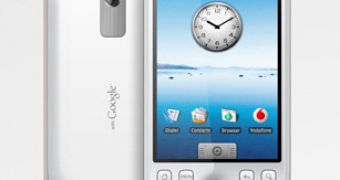
 14 DAY TRIAL //
14 DAY TRIAL // 
